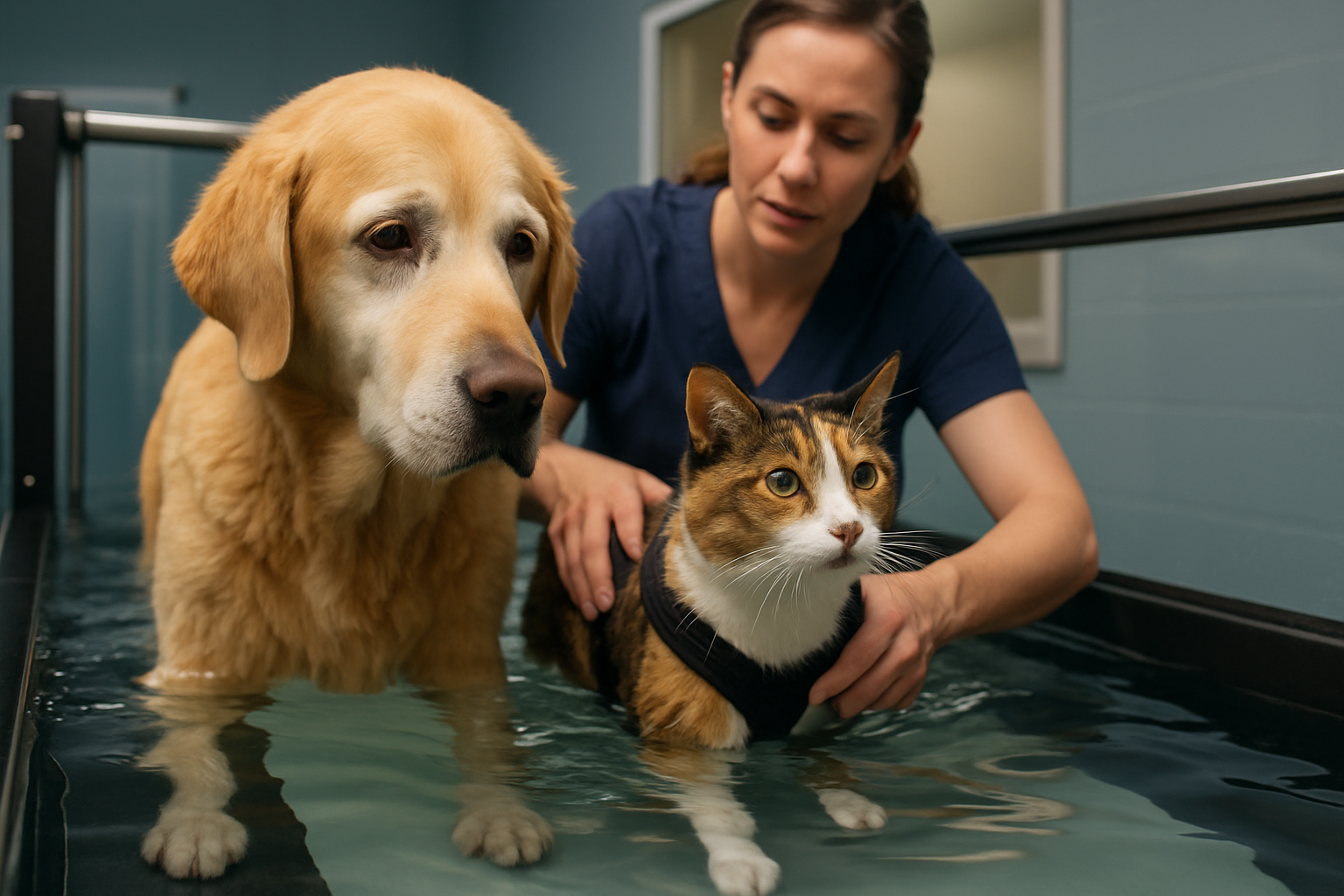Designing a balanced feeding plan for first-time caregivers
A practical overview for first-time caregivers on creating a balanced feeding plan that supports a new pet’s nutrition, safety, and long-term wellness. This teaser outlines core themes such as adoption choices, hygiene basics, veterinary coordination, and behavioral support to help beginners prepare responsibly.

First steps matter when you bring a companion into your home. A balanced feeding plan helps new caregivers support nutrition, manage behavior around meals, and protect safety and hygiene for both animal and household. Whether you adopt from a shelter or rescue, understanding portion sizes, feeding schedules, and how diet ties into training and wellness reduces stress and sets a clear routine that eases socialization and long-term health.
This article is for informational purposes only and should not be considered medical advice. Please consult a qualified healthcare professional for personalized guidance and treatment.
Adoption and initial veterinary checks
Before settling on a feeding plan, coordinate with the shelter or breeder about the animal’s recent history, current diet, and any known medical needs related to adoption. Schedule a veterinary visit to assess body condition, allergies, dental health, and to confirm immunization and microchipping status. A vet can advise on immediate dietary changes, vaccines, and parasite control, and will provide baseline guidance for nutrition and overall wellness.
Nutrition: how to build balanced meals
Start with a nutritionally complete diet appropriate to your pet’s species, age, size, and activity level. Read labels for guaranteed analysis and look for foods formulated to recognized standards. When transitioning diets, use a gradual schedule over 7–10 days to reduce gastrointestinal upset: mix increasing amounts of the new food with the old. Monitor weight and stool quality, and adjust portions or calorie density as your veterinarian recommends.
Safety, hygiene, and travel considerations
Safe feeding includes secure storage of food, cleaning bowls daily, and keeping human foods that are toxic to animals out of reach. Hygiene practices—regular handwashing and surface cleaning—help prevent cross-contamination. If you travel with your pet, plan for consistent meal times and secure packaging of familiar food to avoid sudden diet changes, which can affect behavior and digestion during transit.
Training, behavior, and socialization tips
Feeding time is an opportunity for training and shaping positive behavior. Use measured portions to avoid overfeeding and reserve some kibble for short training sessions to reinforce commands and socialization. Establish consistent meal routines so pets learn expectations and reduce resource guarding. For animals with behavioral concerns, consult a trainer or behaviorist to integrate feeding strategies that promote calm, manageable responses.
Grooming and enrichment for daily wellness
Diet influences coat, skin, and dental health; grooming complements nutrition by helping you notice changes related to food or allergies. Incorporate enrichment at mealtimes—puzzle feeders, slow-feed bowls, or scatter feeding—to encourage foraging instincts and mental stimulation. These approaches support wellness and can reduce boredom-related destructive behaviors.
Record keeping, immunization, and microchipping
Maintain a feeding log, noting brands, portions, treats given, and any adverse effects. Record important veterinary information such as immunization dates and microchipping details alongside diet notes to aid future care providers. Clear records help veterinarians and trainers make evidence-based changes to nutrition or behavior plans when necessary.
Conclusion A balanced feeding plan integrates accurate nutrition, safety and hygiene, consistent training, and ongoing veterinary oversight. For first-time caregivers, building routines around meal timing, portion control, enrichment, and record keeping fosters better behavior and supports long-term wellness. Regular checks with a veterinarian and careful observation of how diet affects your animal will guide adjustments and help maintain a healthy, happy companion.





